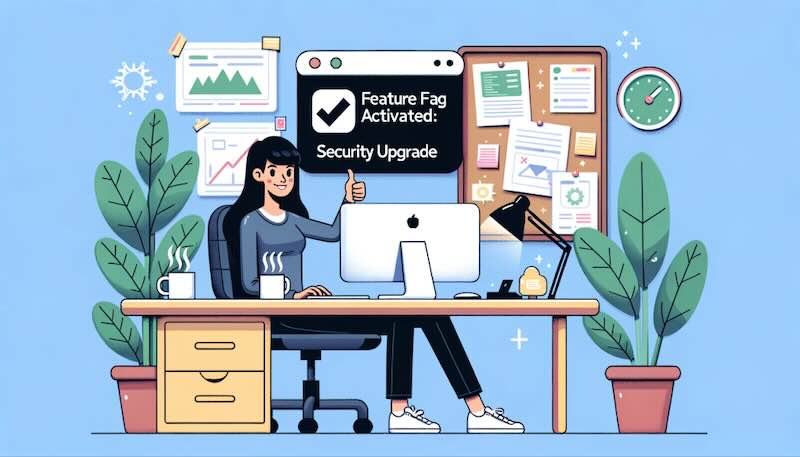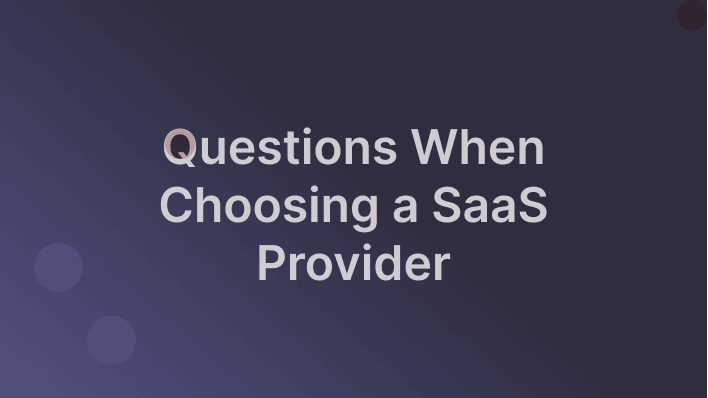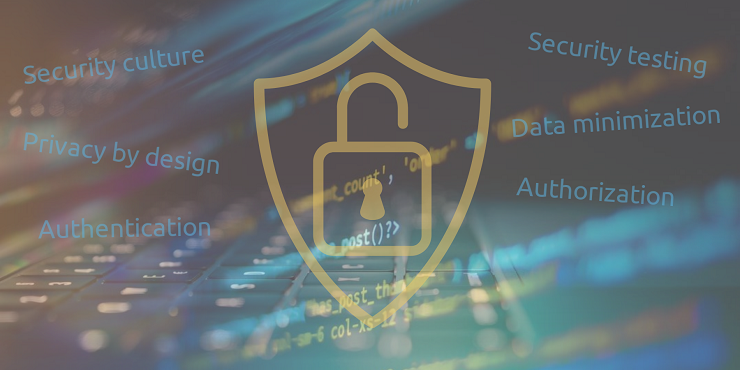Feature Flagging for Security - Best Practices and Use Cases
The rapid pace of software development and the need to continuously deliver new features to stay competitive in today's market has introduced a unique set of challenges, one of which is security. With more and more software applications coming to play a pivotal role in user's daily lives, ensuring the security of these applications is paramount.
Security has become increasingly important for businesses and organizations of all sizes, especially in today's ever-evolving landscape, where cyber threats constantly loom around the corners like shadowy specters. As software systems become increasingly complex and cyberattacks become more prevalent, organizations need effective strategies and tools to bolster their security posture.
The question arising then is: How can they strike a harmonious balance between ensuring the security of their applications and meeting the relentless demand for innovation? One such tool that has gained prominence is feature flagging, and in this blog post, we'll examine how we can utilize it to enhance security while following best practices.










